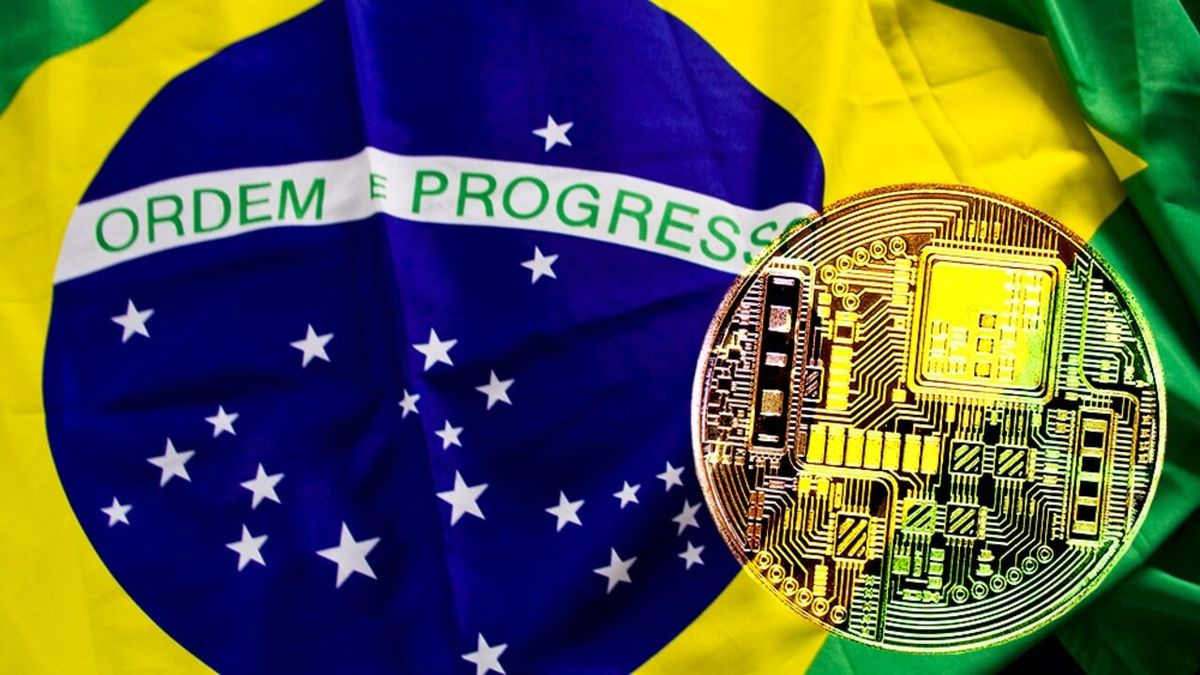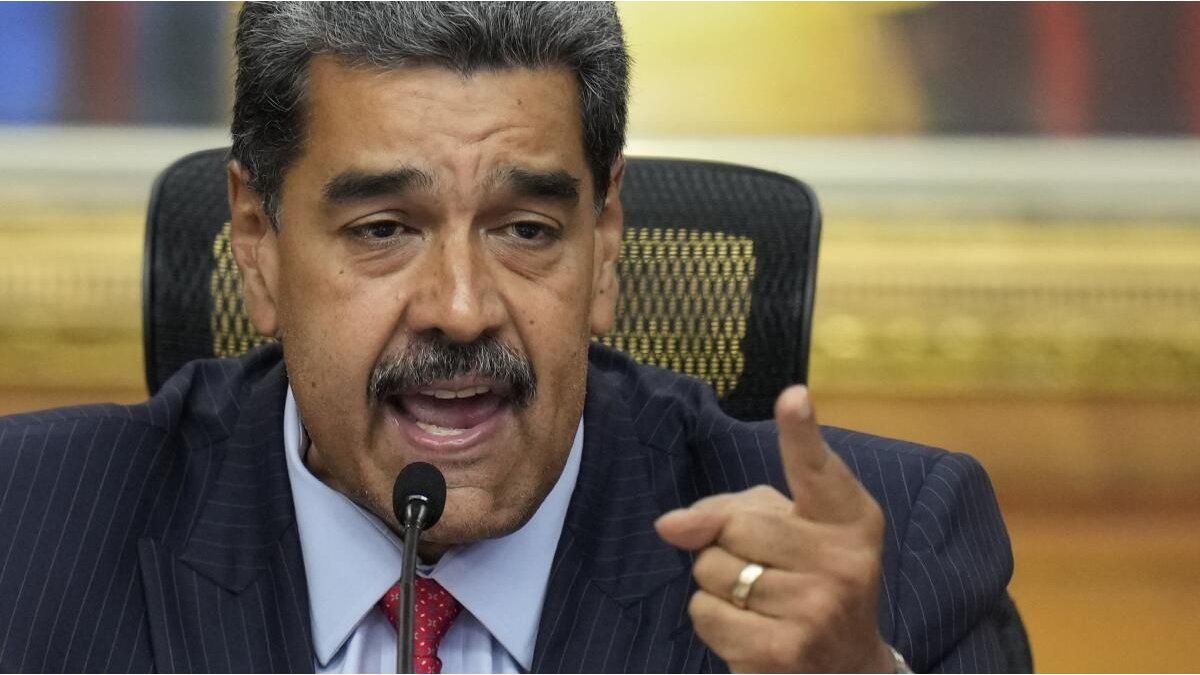Some countries have so far launched CBDC digital currencies, including Nigeria, Bahamas, Antigua and Barbuda, Saint Kitts and Nevis, Montserrat, Dominica, Saint Vincent and the Grenadines, Saint Lucia, and Grenada.
According to the International Monetary Fund (IMF), a hundred countries are also exploring the possibility of creating their own CBDC, including the United States.
CBDCs differ from bitcoin and other cryptocurrencies in that they have a single issuer, each country’s central bank, which controls the money market, just like traditional currencies.
Brazil has been successful in digitizing its means of payment, with the launch in 2020 of a tool that allows sending immediate transfers at any time of the day, known as Pix. In the first two years of operation, the Pix has become the most widely used means of payment in the country.
The president of the Central Bank said that the institution is working to expand the Pix for its use as credit and also to use it internationally.
“We are working on the international Pix, we will have news in the first semester” of 2023, Campos Neto said, without providing further details. EFE
Source: Ambito
I am a 24-year-old writer and journalist who has been working in the news industry for the past two years. I write primarily about market news, so if you’re looking for insights into what’s going on in the stock market or economic indicators, you’ve come to the right place. I also dabble in writing articles on lifestyle trends and pop culture news.




